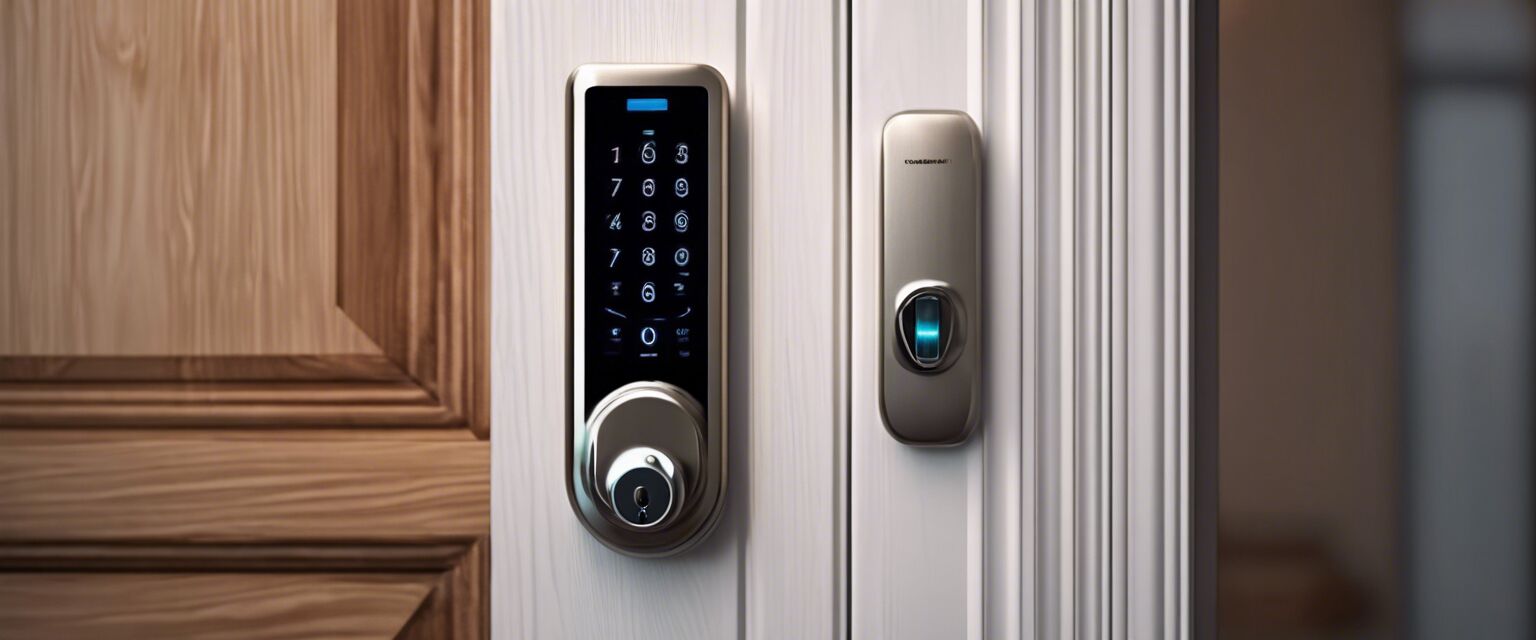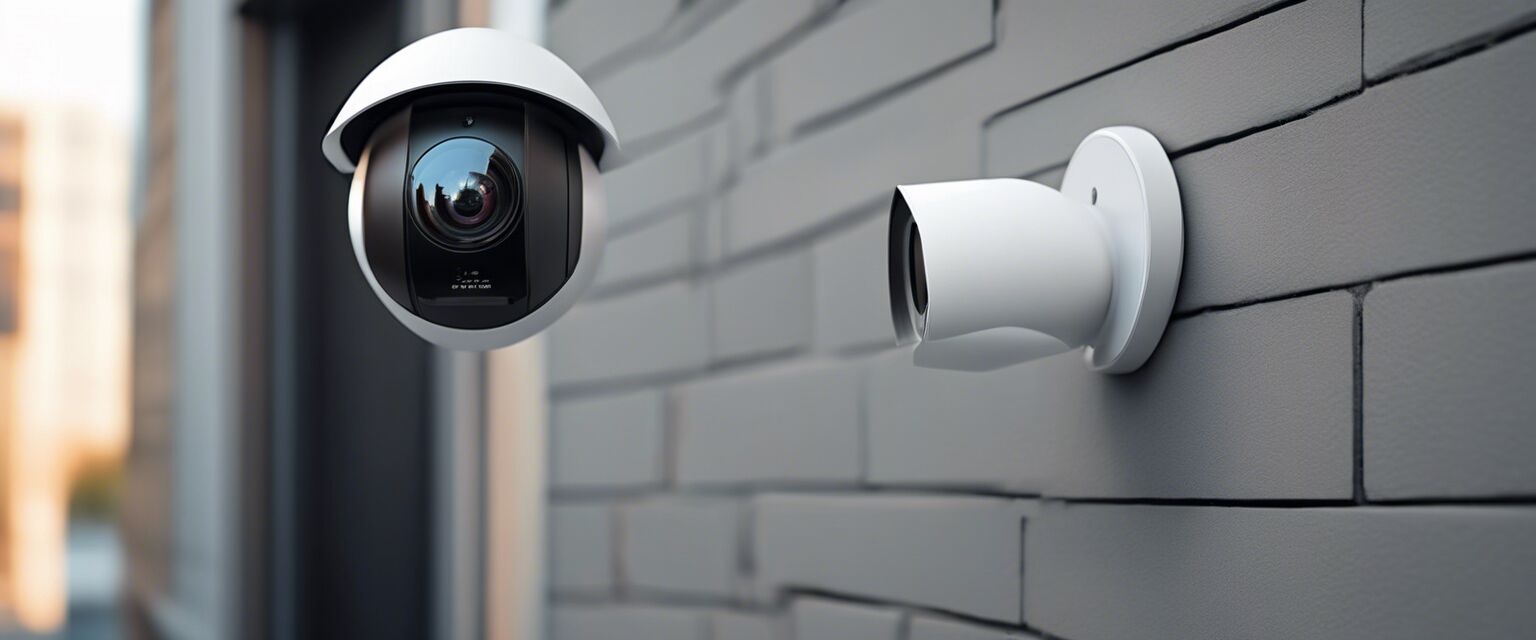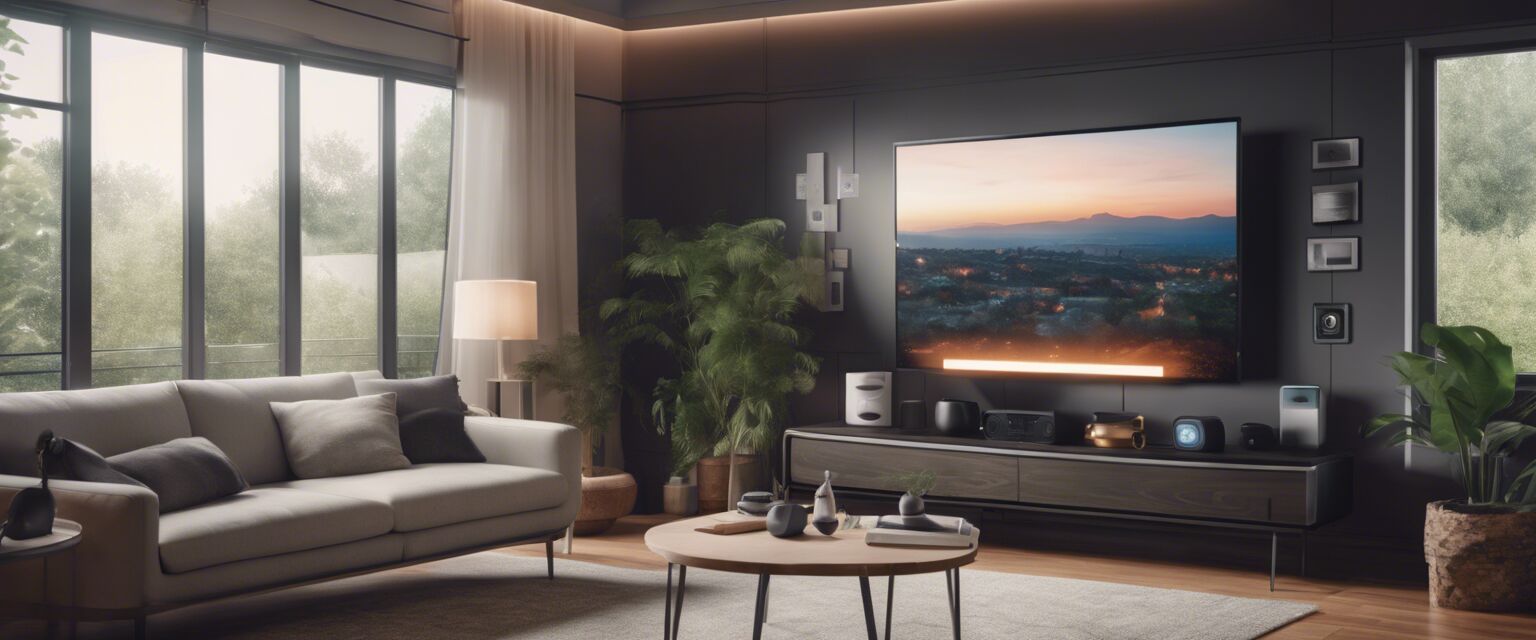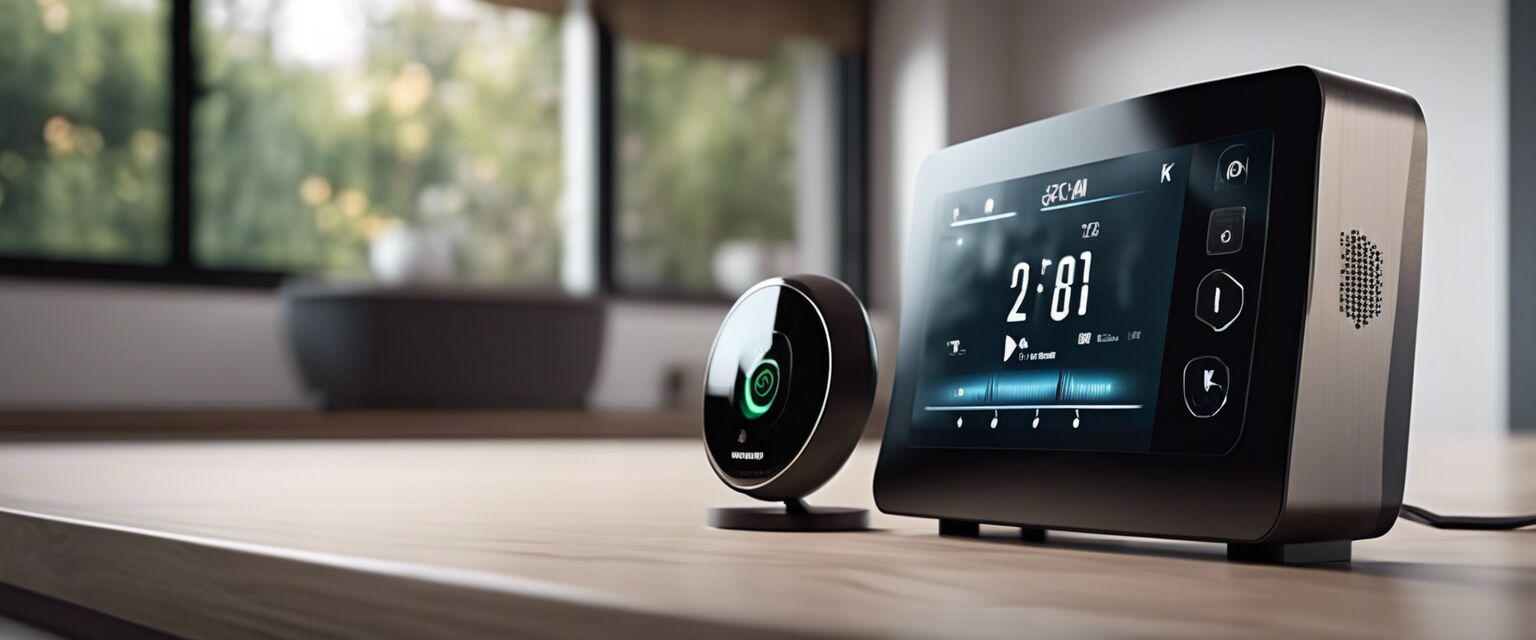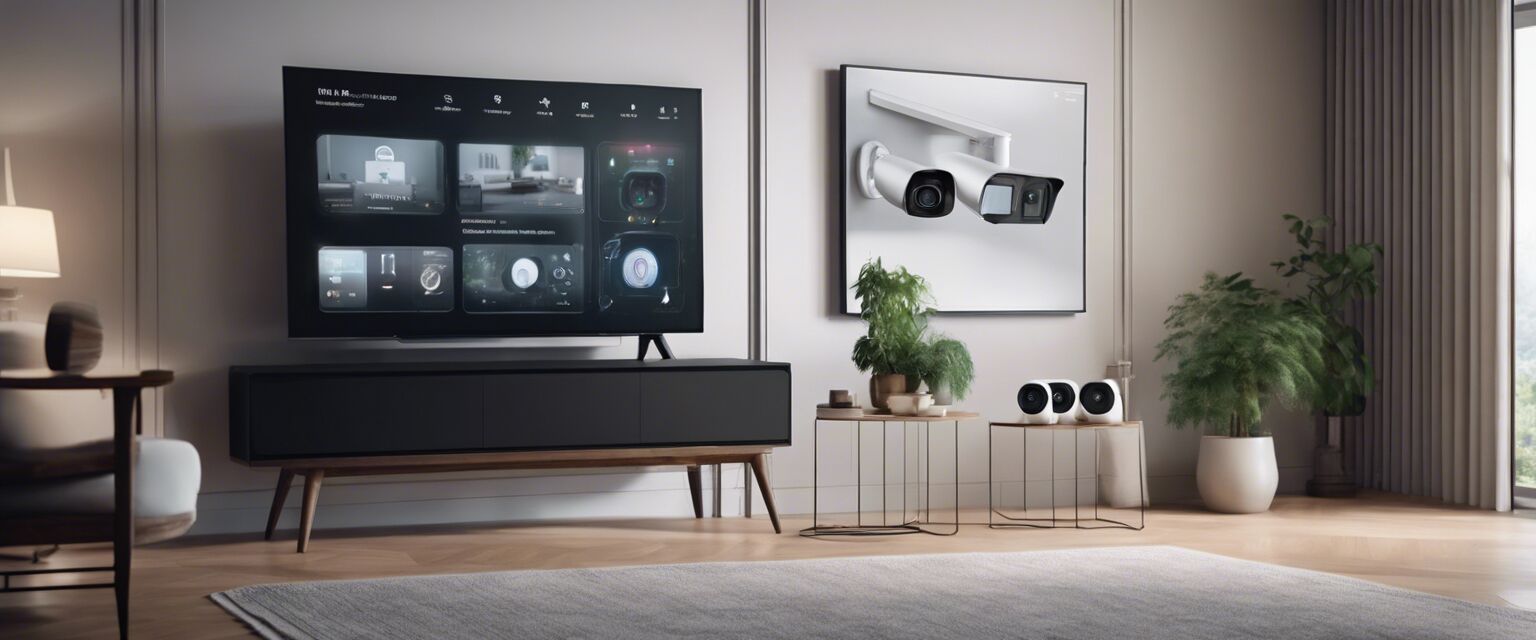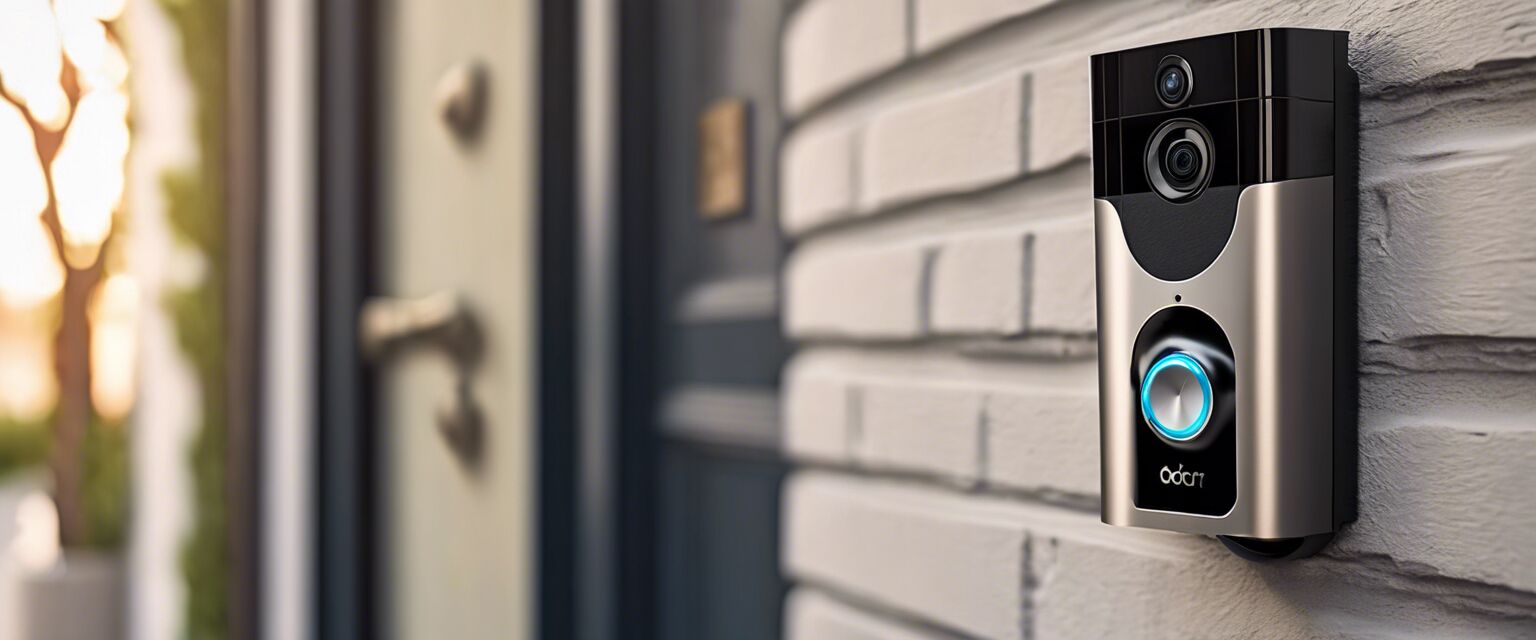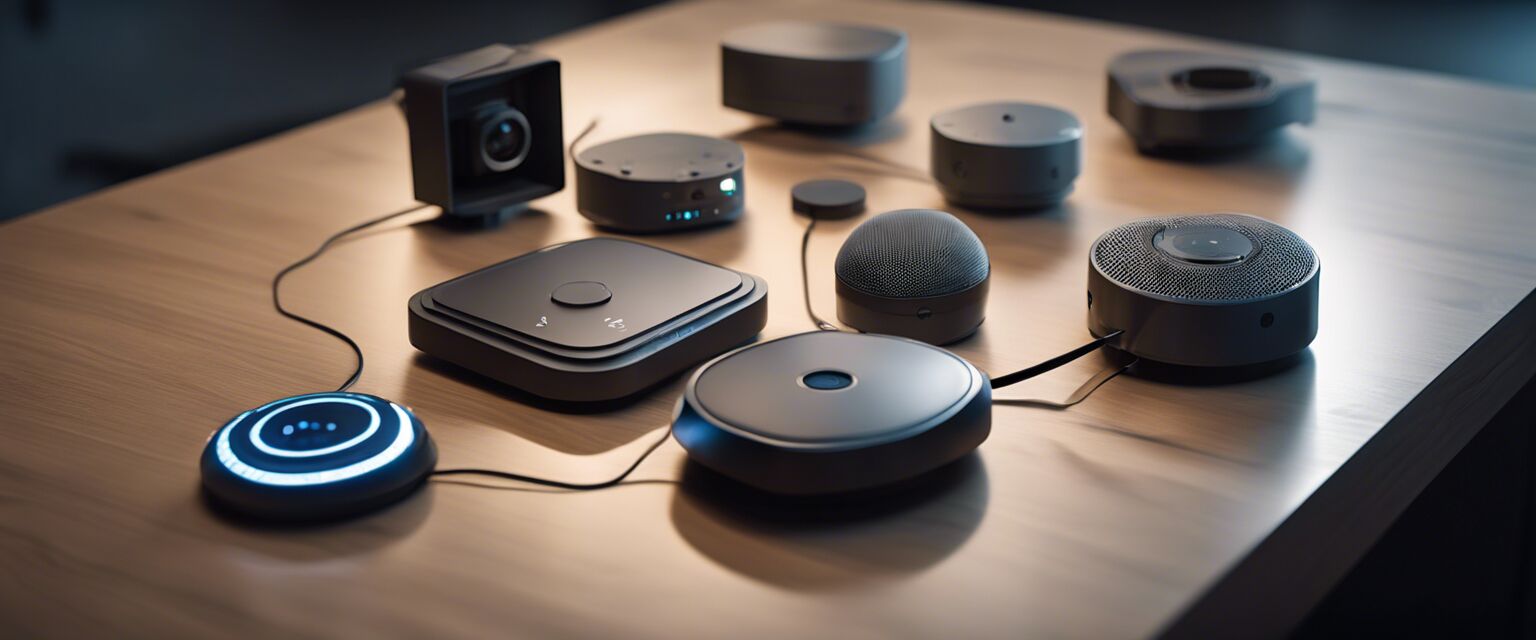
Smart Home Security
DIY Smart Home Security
Key Takeaways
- Understanding the components of a smart home security system is crucial for effective setup.
- Choosing the right equipment tailored to your specific needs enhances security.
- Installation can often be done without professional help, saving costs.
- Regular updates and maintenance are necessary for optimal performance.
Setting up a smart home security system can be an exciting DIY project. With the right components and a bit of guidance, you can create a secure environment for your home without the need for professional installation. This comprehensive guide will walk you through the essential elements of a DIY smart home security system, helping you to enhance your homeâs safety effectively.
Understanding Smart Home Security Systems
Smart home security systems integrate various devices that work together to monitor and protect your home. These systems typically include:
- Surveillance cameras
- Motion sensors
- Smart locks
- Alarm systems
- Security lighting
- Video doorbells
Components of a Smart Home Security System
| Component | Description | Benefits |
|---|---|---|
| Surveillance Cameras | Record video footage of your property. | Provides real-time monitoring and evidence in case of incidents. |
| Motion Sensors | Detect movement within designated areas. | Alerts you of any unusual activity. |
| Smart Locks | Allow keyless entry to your home. | Enhances convenience and security. |
| Alarm Systems | Sound alarms when unauthorized access is detected. | Deters potential intruders. |
| Security Lighting | Automatically illuminates areas when motion is detected. | Increases visibility and deters unwanted visitors. |
| Video Doorbells | Allows you to see and communicate with visitors at your door. | Enhances security by knowing who is at your doorstep. |
Choosing the Right Equipment
When selecting equipment for your smart home security system, consider the following:
- Your budget: Determine how much you are willing to spend.
- Your home layout: Assess how many cameras or sensors you will need.
- Your customization needs: Look for systems that allow you to add components as needed.
Popular Types of Smart Home Security Equipment
Below is a brief overview of different categories of smart home security equipment:
| Type | Features | Price Range |
|---|---|---|
| Alarm Systems | Remote monitoring, smartphone alerts, emergency services integration | $100 - $500 |
| Surveillance Cameras | HD video, night vision, motion detection, cloud storage | $50 - $300 |
| Smart Locks | Keyless entry, remote access, alerts for unauthorized access | $100 - $300 |
| Motion Sensors | Adjustable sensitivity, wireless options, integration with other devices | $30 - $150 |
| Security Lighting | Smart bulbs, motion activation, energy efficiency | $20 - $100 |
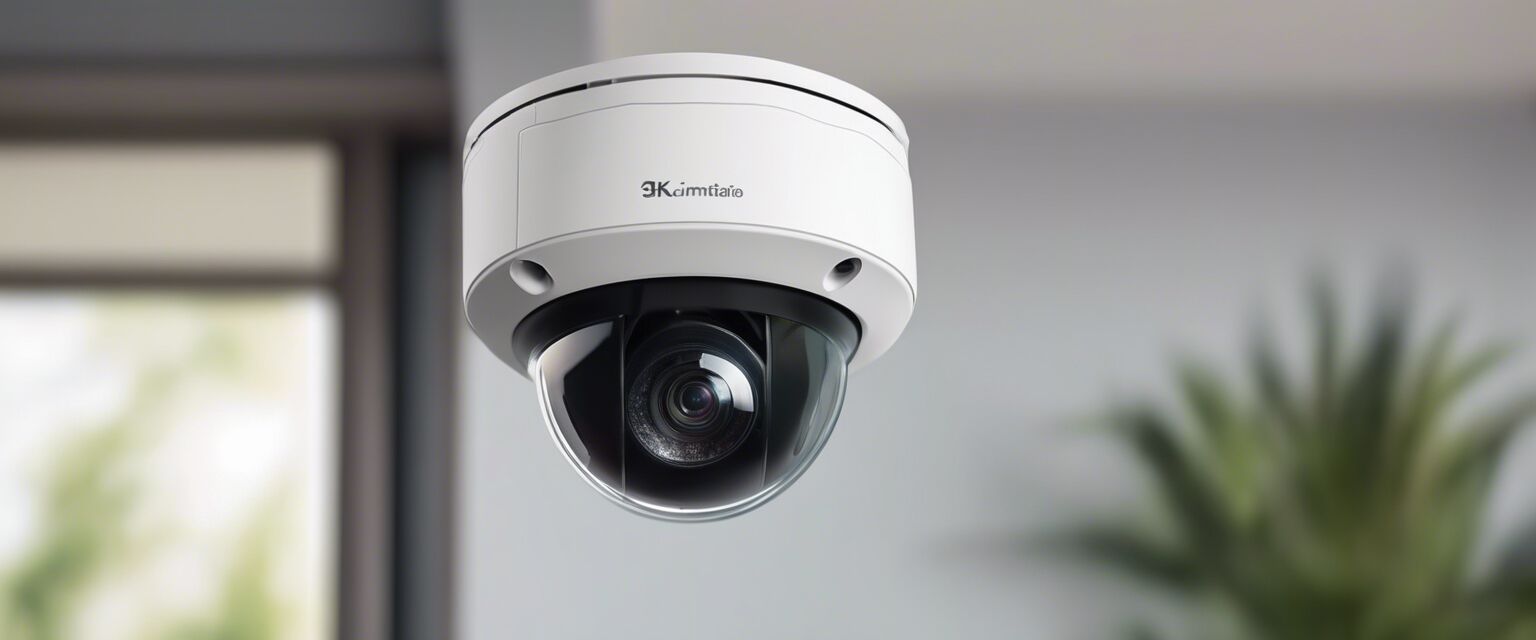
Installation Process
Installing a smart home security system can be straightforward if you follow these steps:
- Plan Your Layout: Decide where to place cameras, sensors, and other devices.
- Install Cameras: Mount cameras at strategic locations for optimal coverage.
- Set Up Motion Sensors: Place sensors in areas prone to movement.
- Install Smart Locks: Replace traditional locks with smart locks following the manufacturerâs instructions.
- Connect Everything to the Hub: Ensure all devices are connected to your smart home hub or app.
- Test the System: Perform a thorough test to ensure every component is functioning as expected.
Tips for Successful Installation
Beginner's Tips
- Read the manuals for each device carefully before installation.
- Keep your smartphone charged and updated for smooth app usage.
- Use a level tool for accurate camera mounting.
- Regularly check the battery levels of devices to ensure they are operational.
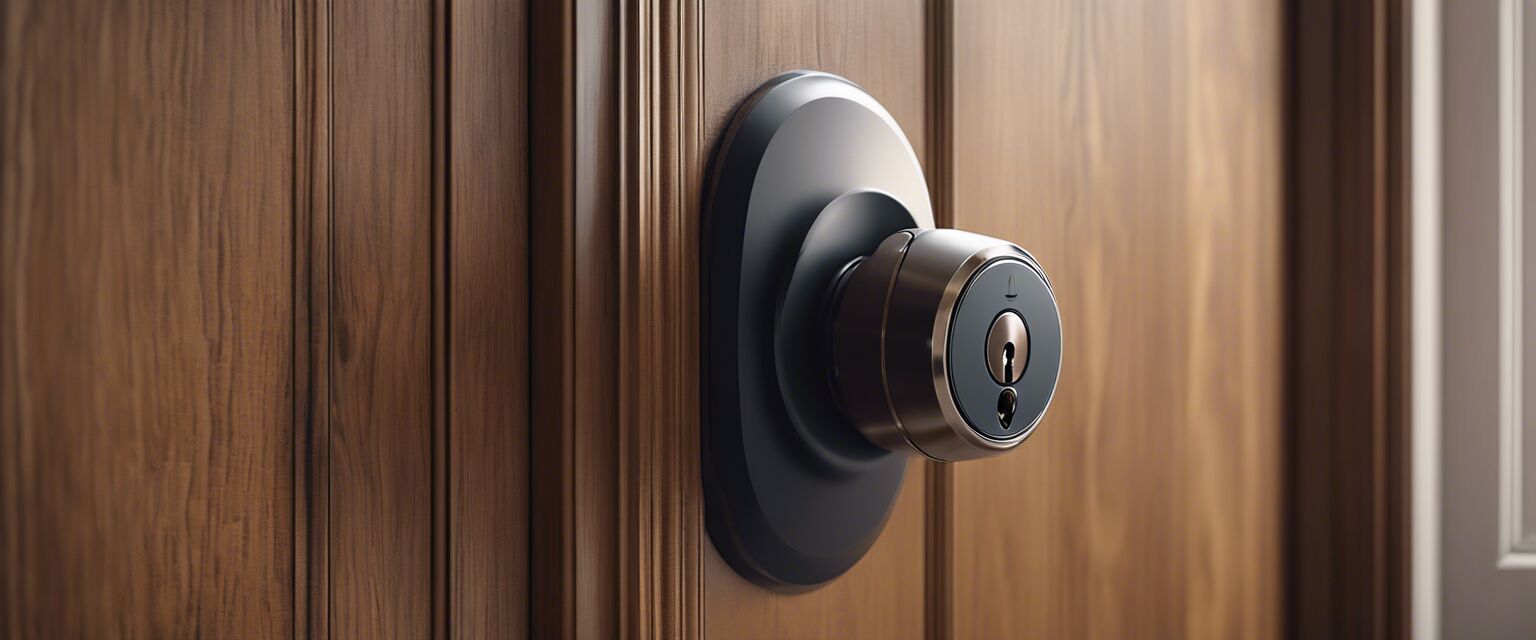
Maintenance and Updates
After installation, maintaining your smart home security system is key to ensuring it operates effectively:
- Regularly update software and firmware for all devices.
- Check batteries and replace them as needed.
- Test the system periodically to ensure everything is working properly.
Common Issues and Troubleshooting
Here are some common issues you might encounter along with troubleshooting tips:
| Issue | Possible Solutions |
|---|---|
| Camera not connecting | Check Wi-Fi signal, restart the camera, or reset the device. |
| Motion sensor not triggering | Adjust sensitivity settings, clean the sensor, or reposition it. |
| Smart lock not responding | Replace batteries, check app connectivity, or reset the lock. |

Conclusion
Creating your own smart home security system is not only a rewarding DIY project but also an effective way to enhance the safety of your home. By understanding the components, selecting the right equipment, and performing a proper installation, you can have peace of mind knowing your home is well protected. For more information on specific types of devices, check out our sections on alarm systems, home automation systems, motion sensors, security lighting, and smart locks.
Pros
- Cost-effective compared to hiring professionals.
- Flexible and customizable based on your needs.
- Empowers homeowners to take control of their security.
Cons
- Initial setup may be time-consuming.
- Technical issues may arise requiring troubleshooting.
- Ongoing maintenance is necessary.
